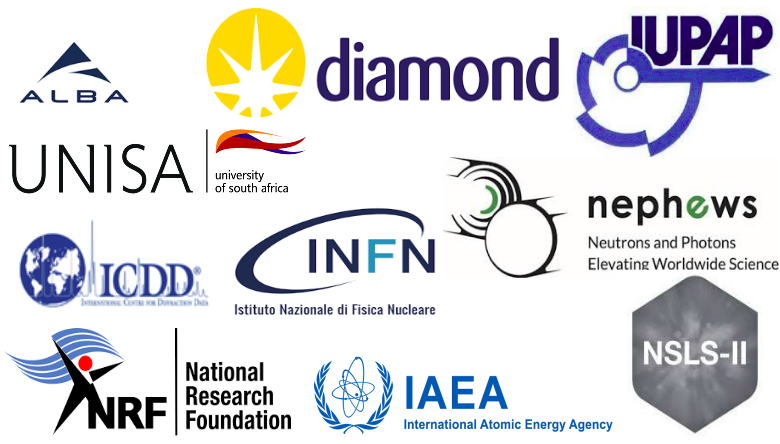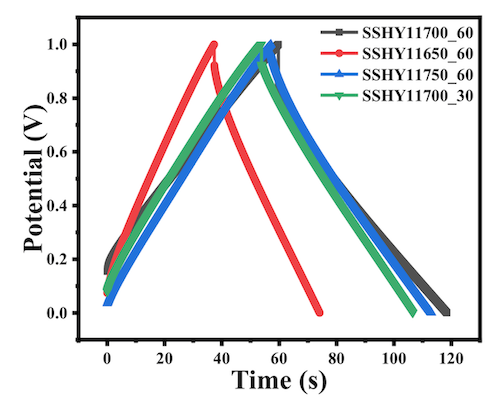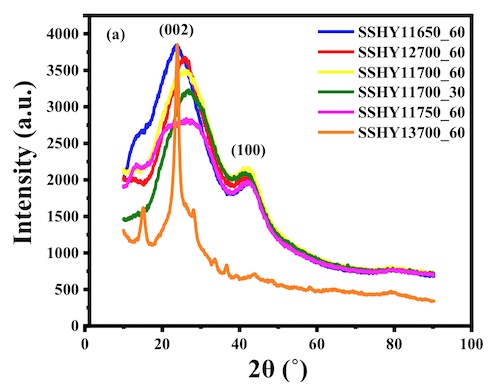Investigation into the geological radiation levels and evaluation of hazard parameters in soil and rock specimens taken from mining sites across North-Eastern Nigeria.
Michael C. Ohakwere-Eze1, Musa Nafiu2, Shiv Kumar Singh3, Momoh Kabiru1, and John Simon1
1Department of Physics, Faculty of Science, National Open University of Nigeria.
2Department of Physics, Federal University of Kashere, Gombe State.
3Department of Physics, Federal University of Transportation Daura, Katsina State.
Corresponding author e-mail address: michael.ohakwereze@gmail.com
- Introduction
This research quantitatively evaluates the natural radioactivity levels and geological radiation hazard parameters of soil and rock specimens obtained from mining locations in North-Eastern Nigeria, by means of grammar-ray spectroscopy. There have been potential public health risks associated with the use of soil and rock from mining locations in North-Eastern Nigeria, specifically the study areas. A total of twenty-eight samples were systematically gathered from Nahuta and Kashere locations. Through gamma spectrometry employing a NaI (TI) detector, the natural radioactivity levels of 238U, 232Th and 40K were determined for each and every sample. The findings indicated that the mean activity concentrations of 226Ra, 232Th, and 40K in Nahuta are 46.13±4.78 Bq/Kg, 34.10±3.02 Bq/Kg and 473.94±5.41 Bq/Kg for the soil samples respectively, and 32.91±0.49 Bq/Kg, 40.70±0.41 Bq/Kg, and 578.18±4.28 Bq/Kg for the rock samples respectively. The corresponding mean activity concentrations of 226Ra, 232Th, and 40K in kashere are 17.99±4.18 Bq/Kg, 23.73±1.78Bq/Kg, and 191.65±3.15 Bq/Kg, for the soil samples, and 20.24±3.72 Bq/Kg, 29.09±1.78 Bq/Kg, and 148.36±3.15 Bq/Kg, for the rock samples respectively. An analysis of radiation risk parameters (D, AEDE, Raeq, Hex, Hin, AGDE and ELCR) has been conducted and findings explored. While the samples from the kashere region fall within the international recommended levels, elevated readings of certain radiation health parameters are observed in the Nahuta region, posing serious public health risk due to utilization of the soil and rock from this area in construction activities.
- Results
Larger activity concentration values for both soil and rock samples are is found in Nahuta when compared with same for Kashere (Figure 1). In Nahuta, the ranges of radionuclide concentration for 226Ra, 232Th, and 40K are 16.20±4.26 to 53.94±4.72 Bq/Kg with an average 46.13±4.78 Bq/Kg, 13.02±3.32 to 62.71±4.37 with an average 34.10±3.02 Bq/Kg and 76.4±8.44 to 1126.53±8.90 Bq/Kg with an average 473.94±5.41 Bq/Kg, respectively. Conversely, the radionuclide concentration of 226Ra, 232Th, and 40K in Kashere ranges from 17.99±4.18 to 29.56±8.91 Bq/Kg with an average 17.99±4.18 Bq/Kg, 14.60±0.47 to 34.60±0.71 Bq/Kg with an average 23.73±1.78Bq/Kg, and 85.74±6.03 to 316.00±2.99 Bq/Kg with an average 191.65±3.15 Bq/Kg, respectively.
The activity concentration in rock samples is higher in Nahuta, with values for 226Ra, 232Th, and 40K ranging from 9.74±1.26 to 92.78±0.28 Bq/Kg with an average 32.91±0.49 Bq/Kg, 14.33±0.26 to 71.04±0.10 Bq/Kg with an average 40.70±0.41, and 36.67±6.05 to 1136.50±5.54 Bq/Kg with an average 578.18±4.28, respectively. In Kashere, the ranges are 11.07±8.91 to 38.06±0.17 with an average 20.24±3.72 Bq/Kg for 226Ra, 13.47±6.23 to 42.43±0.36 Bq/Kg with an average 29.09±1.78 Bq/Kg for 232Th, and 13.77±2.99 to 326.89±2.33 Bq/Kg with an average 148.36±3.15 Bq/Kg for 40K.
The concentrations of radionuclides 226Ra, 232Th, and 40K in soil and rock samples, as reported by [1], average at 32, 45, and 420 Bq/kg, respectively, worldwide. Analysis indicates that the average radionuclide concentration of 226Ra, 232Th, and 40K in soil and rock samples from kashere region are lower than the global averages, suggesting no imminent radiological threat to the local population. Conversely, the average activity concentration of 226Ra and 40K in soil and rock samples from Nahuta exceeds worldwide averages. These elevated levels are attributed to mining activities in the study area, which is abundant in natural radionuclides.
The calculated mean activity concentration of 226Ra is higher in the soil sample collected from Nahuta compared to Kashere. Nevertheless, compared to Nahuta, Kashere has slightly elevated levels in samples derived from rocks. This implies that the geological formation and mining exploration in Nahuta may have resulted in higher concentrations of radium than in Kashere where the rocks may contain higher concentrations of radium. The mean activity concentrations of 232Th in the soil and rock samples collected from Nahuta are higher than those obtained for Kashere. The higher thorium levels in Nahuta could be explained by the kind of rocks that compose the formations present in the area. The mean activity concentrations of 40K are higher in the soil and rock samples collected from Nahuta as compared to Kashere. Potassium-40 being present in many rocks occurs at higher concentrations in Nahuta, signifying a higher concentration of potassium bearing minerals in the area.
As observed in Figure 1, there are higher concentrations of 226Ra, 232Th, and 40K, particularly in the soil samples obtained from Nahuta, which may pose a radiological health hazard to the inhabitants of the area. This is a health issue because prolonged exposure to these radionuclides contributes to cancer risk and other illnesses. Also, the sampled higher concentrations of these radionuclides suggest the need for environment management and monitoring systems, which should mitigate the impacts of mining and other agricultural activities. The results emphasize the necessity to follow the legal requirements concerning the radiation safety in the region with anthropogenic activities.
Fig. 1. Variation of the mean activity concentrations of 226Ra, 232Th, and 40K given in Bq/Kg for Soil and Rock samples in the study locations.
- References
[1] United Nations Scientific Committee on Effects of Atomic Radiation. Exposure from Natural Radiation Sources. UNSCEAR Report, New York; 2000.




